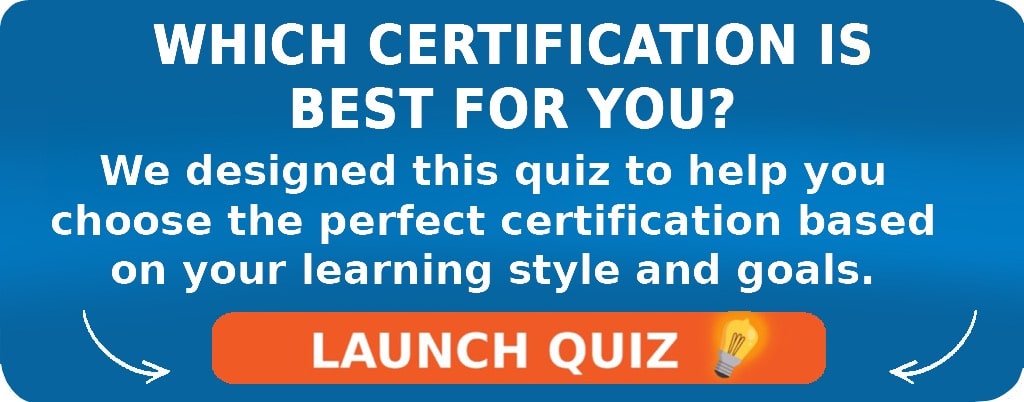Preventing injury with beginner core workouts
These exercises and tips are meant for the beginner stages. They are mostly used to prevent injuries and build a little bit of strength.
Too often, I see inexperienced trainers teaching their clients advanced core movements. Although some of these movements may not seem advanced, they are tough and often dangerous to a sedentary individual.
Common injuries are lower back pain and strained hip flexors. Sedentary individuals have a habit of sitting a lot. This tightens up the hip flexors and puts much stress on the back.
Now let’s go over my tips for beginner core workouts. I learned many of the exercises I recommend from my NASM and ACE textbooks.
The menu at the top of this page will answer any question related to your personal training. If you have any questions, don’t hesitate to leave me a comment here (I’ll respond within 24 hours). Also, visit the home page for the most recent and popular articles. If you are not yet a certified trainer, take the quiz to determine which certification suits you.
Exclusive PTP CPT Offers |
||
|---|---|---|
Most Popular Cert | Best Online NCCA Cert | Best Study Materials |
Gold Standard Cert | A Good Option | Best CPT for you?  |
Use Static Exercises
Static exercises are the best for beginners because they do not require movement at any joint. A sedentary individual’s core is not used to moving the weight at the hip joints.
This is especially true if your client is overweight or obese. There are three main core exercises that I use with my beginning clients. The first exercise is the plank.
The plank is significant because it involves many hip and abdominal muscles. An excellent way to start your client off with planks is to have them support their weight on their knees and forearms.
The second static exercise I recommend is navel draw-ins. In this exercise, your client will be on his or her hands and knees. The goal is to pull the belly button as close to the spine as possible and hold it there for a time.
This exercise teaches your client to pull in the stomach, strengthening the diaphragm in the process. The third exercise is called the prone floor cobra. In this exercise, your client lies prone on the ground with hands at his or her side.
With palms facing the ceiling, he or she lifts the hands and the chest off the ground and holds that position for a time. This exercise works on the lower back while pulling back the shoulders and improving posture.
These are my top three static exercises for beginners. They will prevent lower back pain while strengthening the core at the same time.

Exclusive PTP CPT Offers |
||
|---|---|---|
Most Popular Cert | Best Online NCCA Cert | Best Study Materials |
Gold Standard Cert | A Good Option | Best CPT for you?  |
Teach Clients to Focus on the Arch of the Back during Exercise
Whenever your clients experience lower back pain from core exercises, it is most likely due to the arch of their back during exercise. It would be best to teach them how their back should be positioned initially.
Most lower back pain comes from some “leg lifting” core exercise. Most people have trouble controlling the back arch because they cannot see the muscles in action.
Have your clients lie on their backs. Have them put a hand under their lower back. Then teach them to flatten their back against their side and then arch it again.
Their back should be flat against the ground on any core exercise where they are facing the ceiling. Once they know how to keep their lower back flat, they will be ready to plank. This will be a good starting point.
Do Short Core Workouts
Injuries often come from prolonged core workouts. Once the muscles of the core start to give out, other muscles will come into play, and injury is common.
I would suggest a short five or 10-minute workout at the beginning. Even advanced athletes don’t usually go more than 20 minutes when training their core.
Throughout this short workout, you should monitor their lower back and ask them if they feel any discomfort in their joints. You should never dedicate a whole workout to core work.
It should be done at the very beginning or the very end. These muscles do not have the same amount of stamina as arm or leg muscles.
Conclusion
Building a strong core is very important. It provides a strong foundation for other movements to build on. You should start off using static exercises, especially with sedentary, overweight individuals.
Try starting with the three that I mentioned above. You should always pay attention to your clients’ lower back and ask them occasionally if they feel any pain. My last tip is to do short core workouts.
This will prevent injuries and be as effective as longer core workouts. Here is a link to many more beginner core workouts from the sports injury clinic.
I hope this helps you as you plan core workouts for beginner clients! Check out some of my other articles in the personal training tips section, such as Personal Training Tips for Beginners and Personal Training for Seniors.
Also, if you’re interested in a health coaching certification, check out my review of my favorite certification here and my article on how to become a health coach!

 Have a question?
Have a question? 


Tyler Read
PTPioneer Editorial Integrity
All content published on PTPioneer is checked and reviewed extensively by our staff of experienced personal trainers, nutrition coaches, and other Fitness Experts. This is to make sure that the content you are reading is fact-checked for accuracy, contains up-to-date information, and is relevant. We only add trustworthy citations that you can find at the bottom of each article. You can read more about our editorial integrity here.